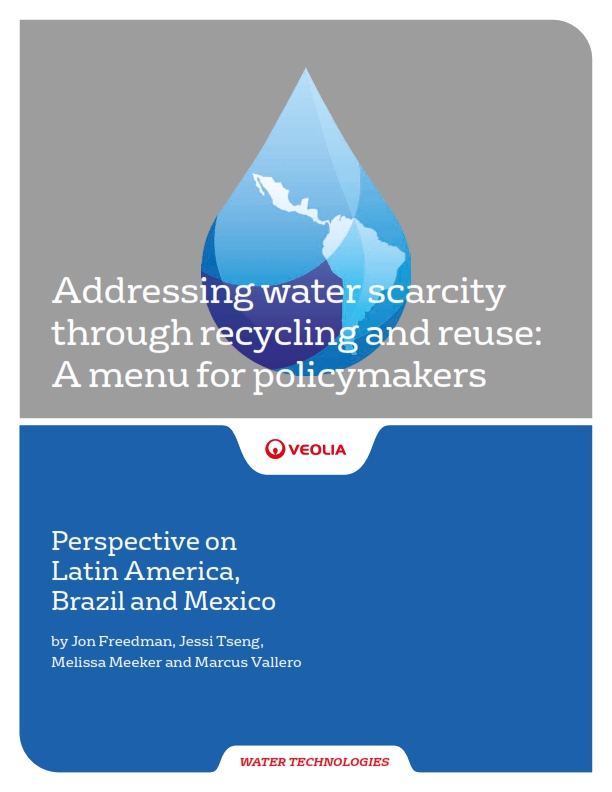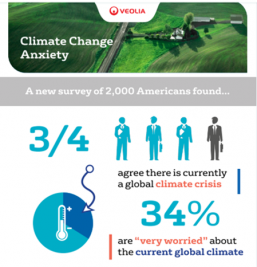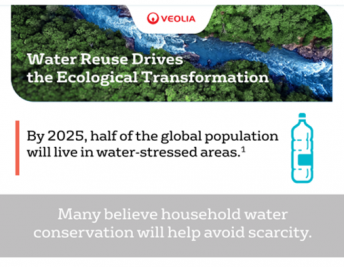Overview
Water reuse is no longer a choice. It's a necessity.
Water availability and quality is a limiting factor for industrial and community growth, and the need to do more with less is intensifying. Industries and cities alike demand technology to meet their daily challenges, which include improving productivity, reliability and efficiency, while reducing total cost. These challenges and more underscore the need for technological innovation to transform the way we treat, distribute and reuse water.
- Turn wastewater treatment into resource recovery potential and claim valuable byproducts in the form of water reuse, nutrient removal and energy generation
- Meet global water and energy demands with a more sustainable water supply
- Treat wastewater to a quality suitable for non-potable applications, including agricultural needs, groundwater recharge, industrial process
Potable Water Reuse
Advanced solutions for potable recycling must address the removal of:
- Organics
- Particulates
- Nutrients – N&P
- Pathogens
- Trace Chemicals
- Dissolved Salts
Veolia’s building blocks allow for a complete solution that addresses the various challenges that each unique project brings. Combining the different building block options creates a tailored flowsheet that best fits the application. These schemes can incorporate conventional full advanced treatment and emerging alternative flowsheets.
Technology Building Blocks
- Ultrafiltration – barrier to particulates, nutrients – P, pathogens
- Membrane Bioractor – barrier to organics, particulates, nutrients – N&P, pathogens
- Reverse Osmosis and Nanofiltration – barrier to particulates, nutrients – N&P, pathogens, trace chemicals, dissolved salts
- Ozone and UV – barrier to pathogens, trace chemicals
- Ozone and biofiltration – barrier to trace chemicals, pathogens
- EDR – barrier to nutrients – N&P, dissolved salts
- Advanced Organics Monitoring – monitoring & control of potable reuse multiple barrier treatment schemes.
For more information on solutions for potable water reuse, review the brochure below.
Download the overview brochure
The End of Wasted Water
On September 23, 2019, Veolia released "The End of Wasted Water," a new white paper written in conjunction with researchers from the University of Pennsylvania’s Wharton School of Business. The paper highlights new developments in the push for broader adoption of water recycling technology.
A distinguished panel of experts discuss the white paper and its relevance on water reuse.
Common Questions About Water Reuse
What is Water Reuse and Recycling?
Water reuse and recycling, sometimes also known as water reclamation, refer to the process of treating wastewater to make it safe and suitable for various non-potable (non-drinking) and sometimes potable (drinking) purposes. This process involves cleaning and purifying wastewater to remove contaminants and pollutants so that it can be used again, rather than being discharged into the environment or a water body.
Why is Water Reclamation Important?
The importance of water reclamation lies in several key factors:
- Conservation of water resources: Water is a finite resource, and as the global population grows, the demand for freshwater is increasing. Water reclamation helps reduce the pressure on freshwater sources, such as rivers, lakes, and underground aquifers, by reusing treated wastewater for non-potable applications.
- Environmental protection: Properly treated and reclaimed wastewater can help prevent the pollution of natural water bodies, preserving aquatic ecosystems and protecting human health.
- Drought mitigation: In regions experiencing water scarcity or drought conditions, recycled water can supplement available water supplies, ensuring a more reliable source of water for various purposes.
- Cost savings: Water reclamation can reduce the cost of water treatment and distribution, as well as the need for infrastructure expansion to meet growing water demand.
What are uses for recycled water?
Uses for recycled water vary depending on the level of treatment and local regulations, but common applications include:
- Landscape irrigation: Treated wastewater is often used for watering parks, golf courses, and other non-potable landscaping needs.
- Industrial processes: Industries can use reclaimed water for cooling, manufacturing processes, and other non-drinking purposes.
- Agricultural irrigation: In some cases, reclaimed water is suitable for irrigation of crops, particularly those not intended for direct human consumption.
- Toilet flushing: Recycled water can be used for flushing toilets in commercial and residential buildings, reducing the demand for freshwater.
- Groundwater recharge: Treated wastewater can be injected into aquifers to replenish groundwater resources.
- Potable reuse: In some advanced cases, reclaimed water is treated to a level that makes it safe for drinking, although this typically involves additional purification steps.
What are the benefits of using recycled water?
Benefits of using recycled water include:
- Resource conservation: Water reclamation conserves valuable freshwater resources, reducing the need to draw from natural sources.
- Environmental protection: Proper wastewater treatment and recycling reduce the environmental impact of discharging polluted water into natural ecosystems.
- Drought resilience: In water-scarce regions, recycled water can help mitigate the impact of droughts and ensure a more reliable water supply.
- Cost savings: Water recycling can be cost-effective in the long run by reducing the need for expensive infrastructure development and freshwater supply.
How Is Water Recycled?
The process of water recycling typically involves several treatment steps, including:
- Screening: Initial removal of large debris and solids from the wastewater.
- Primary treatment: Sedimentation and settling to remove additional solids.
- Secondary treatment: Biological processes to break down organic matter and remove contaminants.
- Tertiary treatment: Additional filtration, disinfection, and advanced processes to further purify the water to the desired level.
The level of treatment and the specific technologies used can vary depending on the intended use of the reclaimed water and local regulations. For potable reuse, advanced treatment processes like reverse osmosis and ultraviolet (UV) disinfection are often employed to ensure water quality meets drinking water standards.



